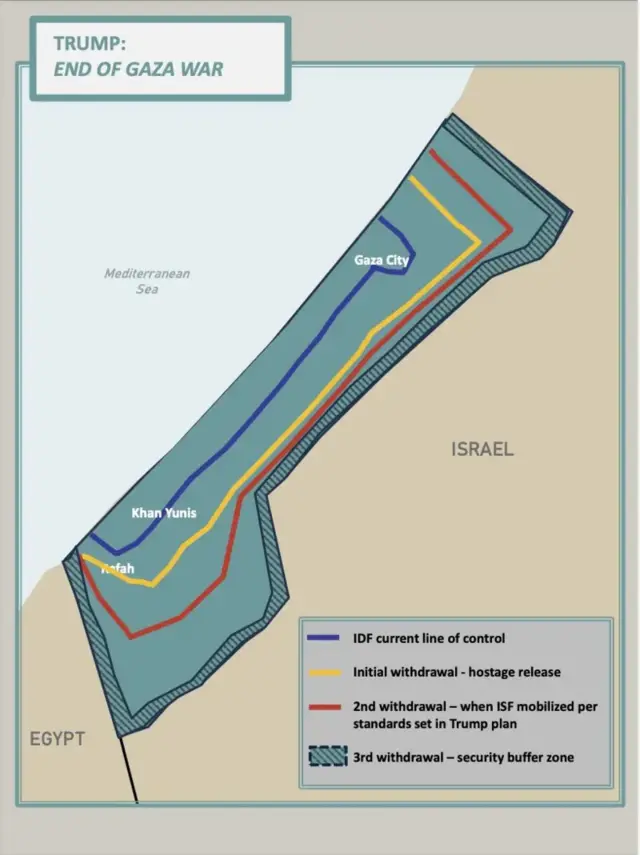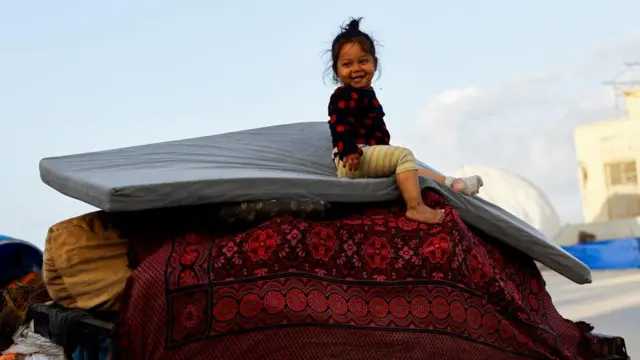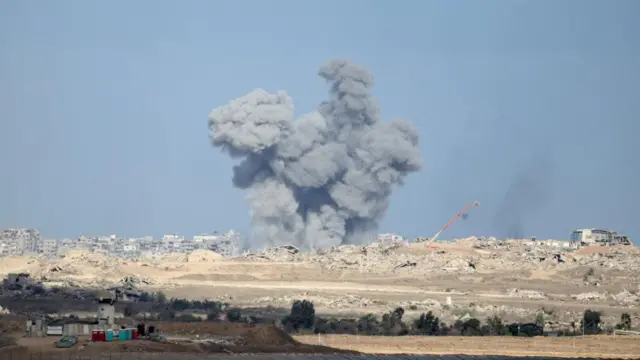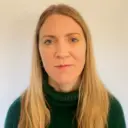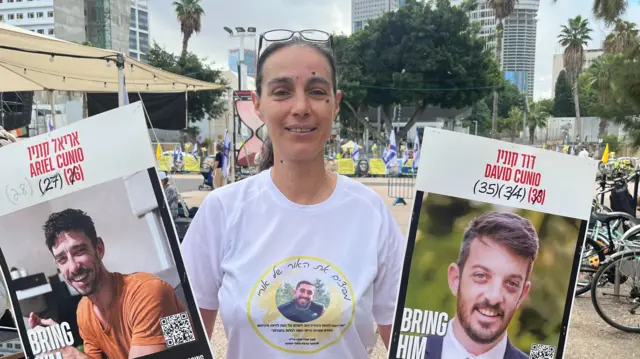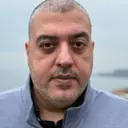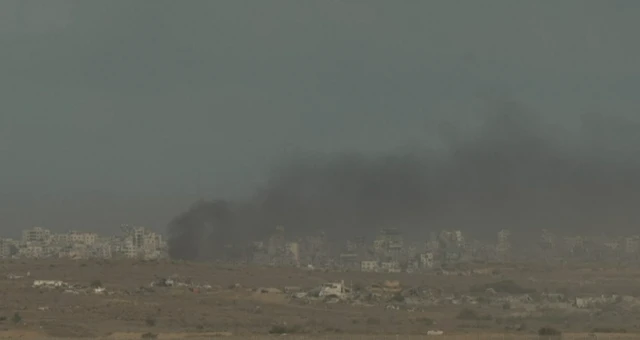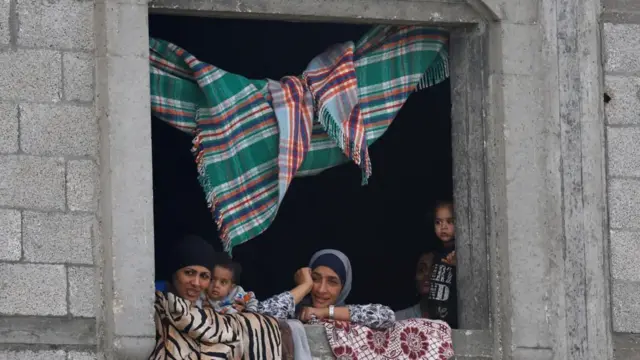What do we know about Israeli troop withdrawal?published at 09:27 BST 10 October
As we've just reported, Israeli troops have begun withdrawing from certain parts of the Gaza Strip.
Residents have told our Gaza correspondent that troops have pulled back from the north-western outskirts of Gaza City and retreated eastwards.
Israeli media has also reported that the IDF has begun to pull back in parts of the territory.
A spokesperson for the Israeli prime minister's office has said troops will withdraw to a point where it has 53% control of Gaza - Trump also posted saying troops will withdraw "to an agreed upon line".
Last week, the White House released a map with a yellow line marking initial withdrawal positions for Israeli forces. They said at the time this would be the first of three stages of the withdrawal.
You can see that map below - and there's more on this in our previous post.
